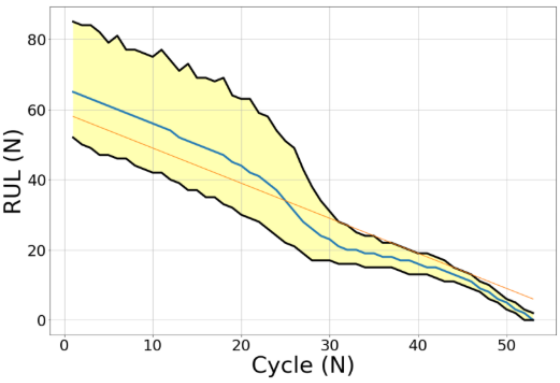Remaining Useful Life Prediction for Engines in the NASA C-MAPSS Dataset
Masterthesis
As predictive maintenance becomes increasingly vital in modern engineering systems, the ability to accurately estimate the Remaining Useful Life (RUL) of critical components and detect emerging faults is crucial for improving reliability, safety, and cost efficiency. The NASA C-MAPSS dataset provides a realistic benchmark for developing and testing methods in the field of Prognostics and Health Management (PHM). This area offers several directions for exploring both model-based (e.g., Kalman filters, physics-inspired thresholds, Gaussian processes) and data-driven (e.g., deep learning, neural networks) approaches for fault detection, identification and RUL prognosis. Different methodological approaches shall be developed in several studies, enabling a cross-comparison and a broader understanding of forecasting under realistic conditions.
Depending on the chosen direction, the work may focus on analytical models, stochastic filtering, machine learning models, or diagnostic pattern recognition techniques. All topics aim to contribute to a comparative framework that highlights the strengths and trade-offs of different prognostic strategies under varying operational profiles.
Work Content:
- Literature review on model-based and stochastic fault detection and RUL prediction methods
- Familiarization with the C-MAPSS dataset and preprocessing routines
- Identification and implementation of suitable algorithms
- Comparative analysis of methods using defined performance metrics
- Discussion of results, limitations, and potential extensions
- Documentation and presentation of the results
Organizational:
Available immediately
Contact:
Florian Coors, M. Sc. (coors@fsr.tu-darmstadt.de)
Immo Schmidt, M. Sc. (schmidt@fsr.tu-darmstadt.de)
Max Weigert, M. Sc. (weigert@fsr.tu-darmstadt.de)



